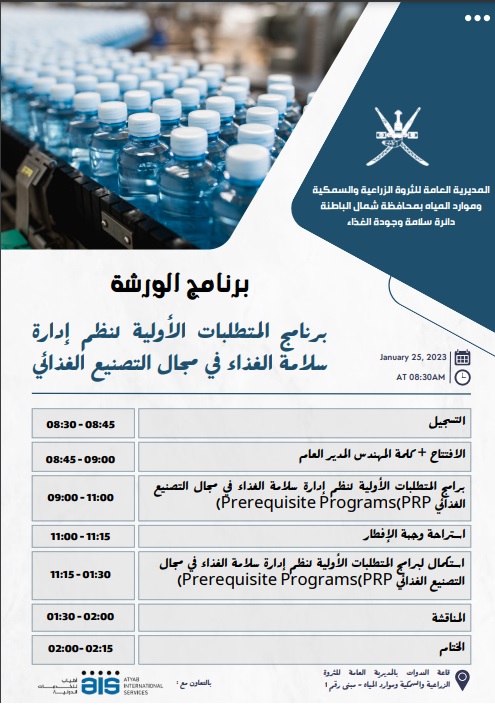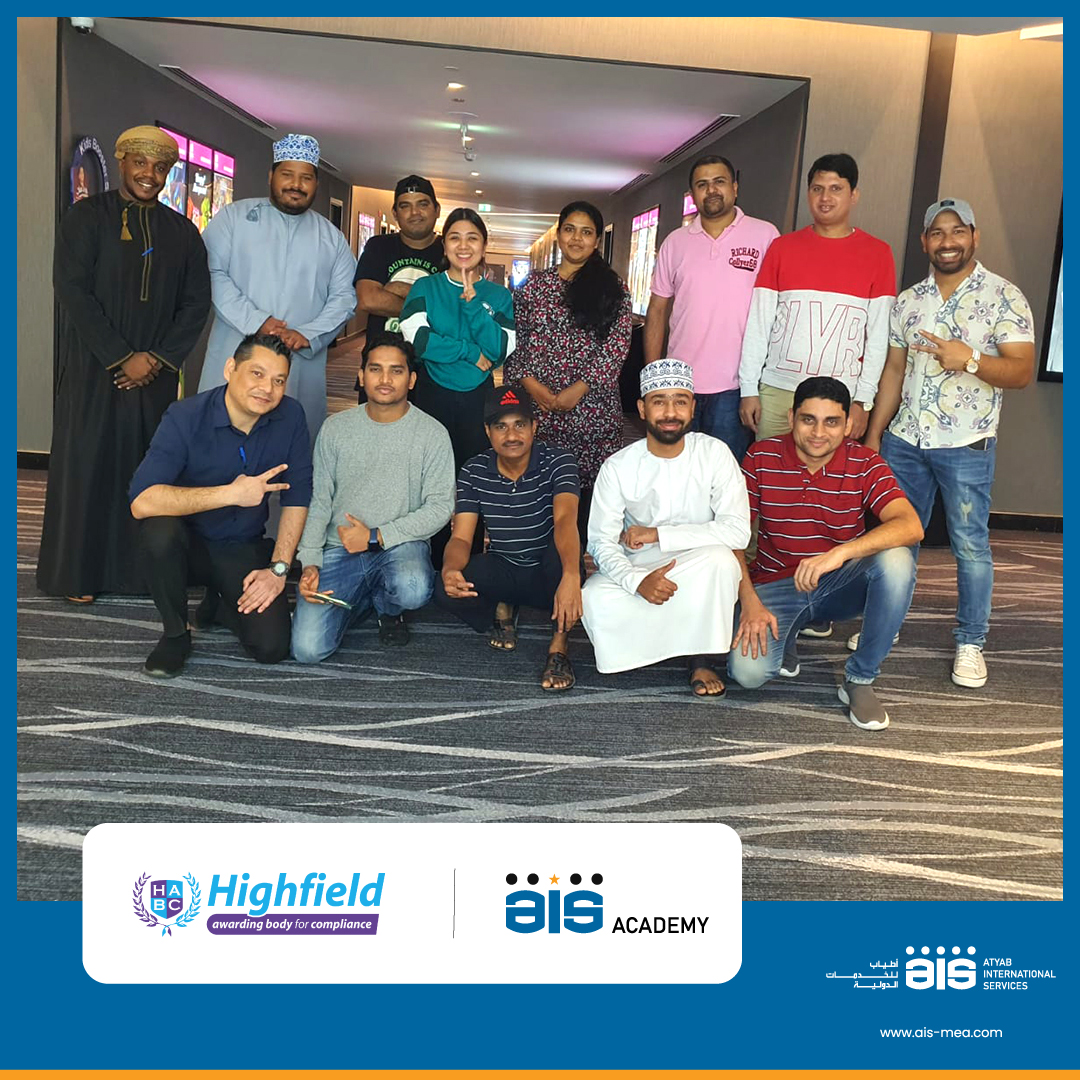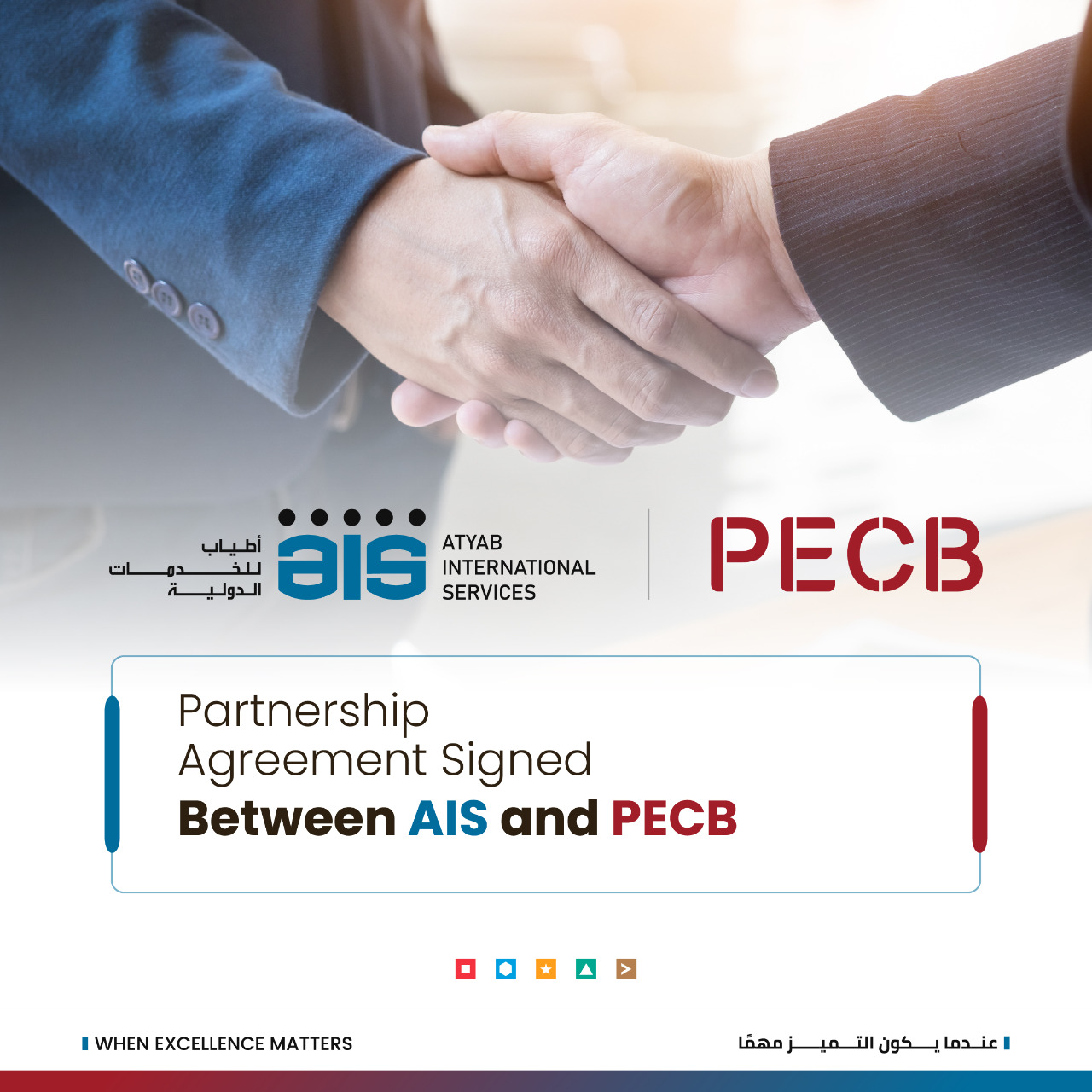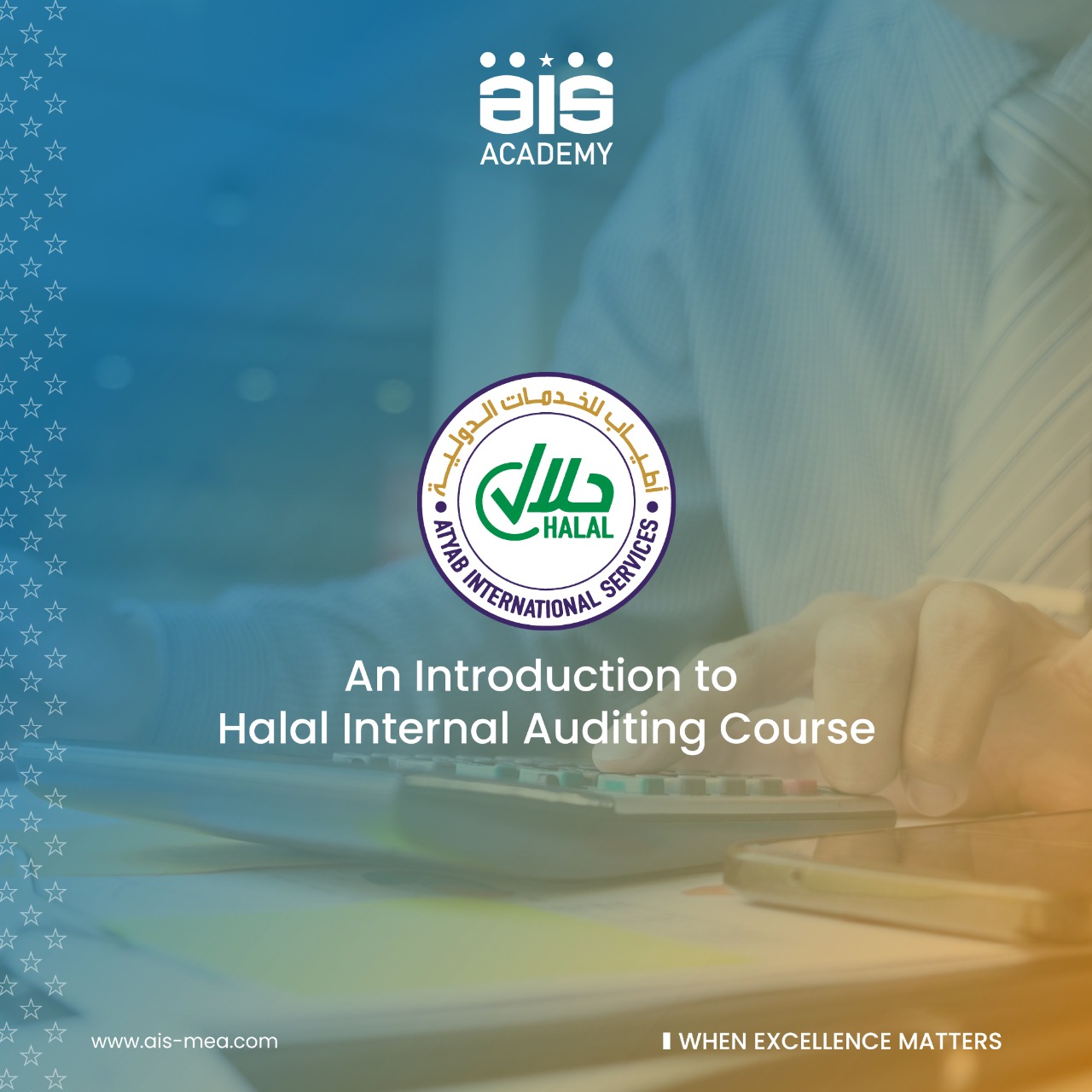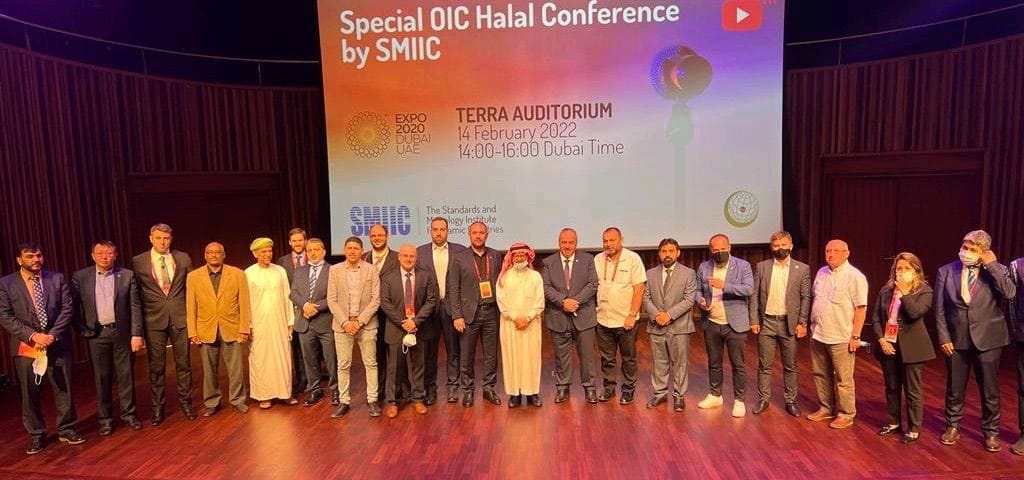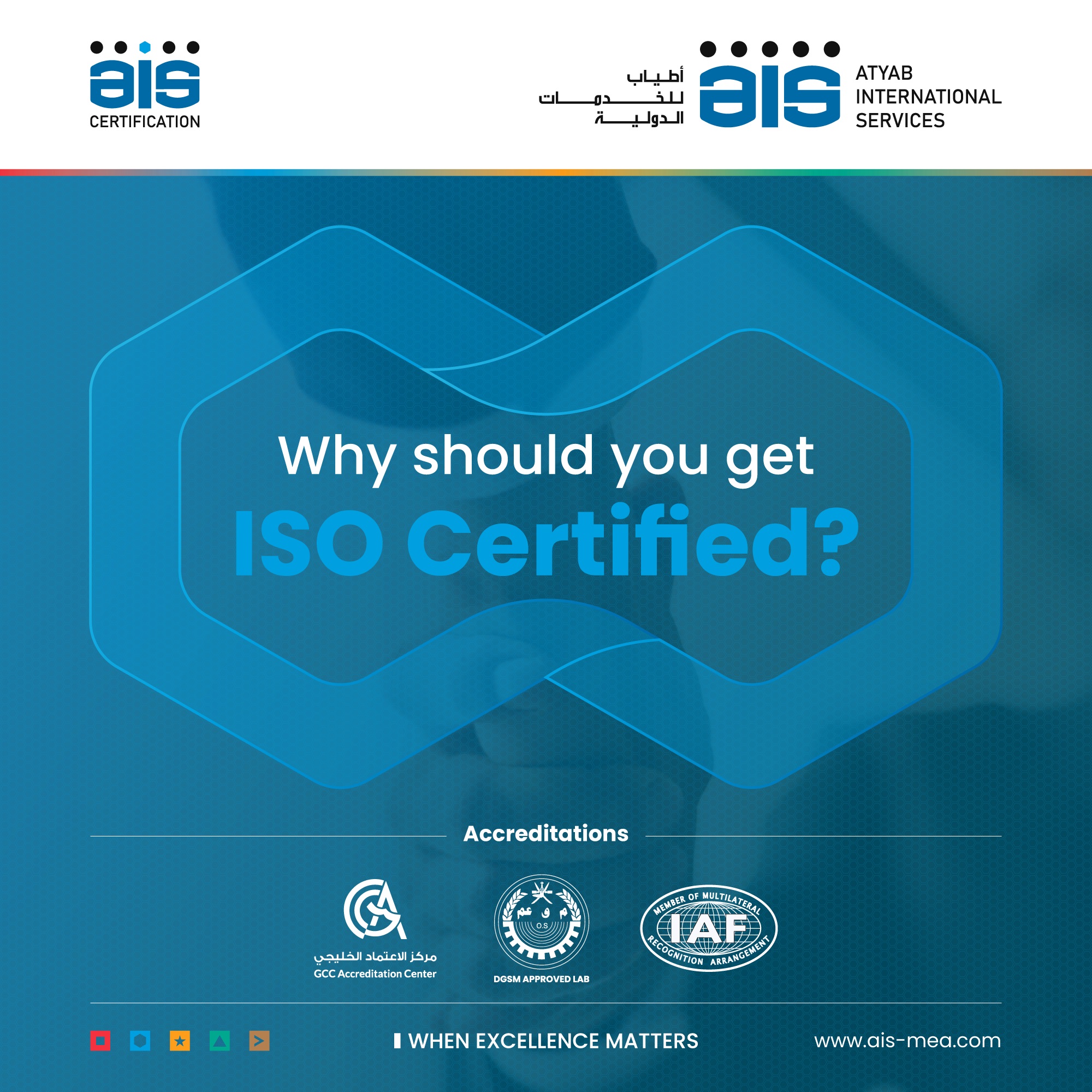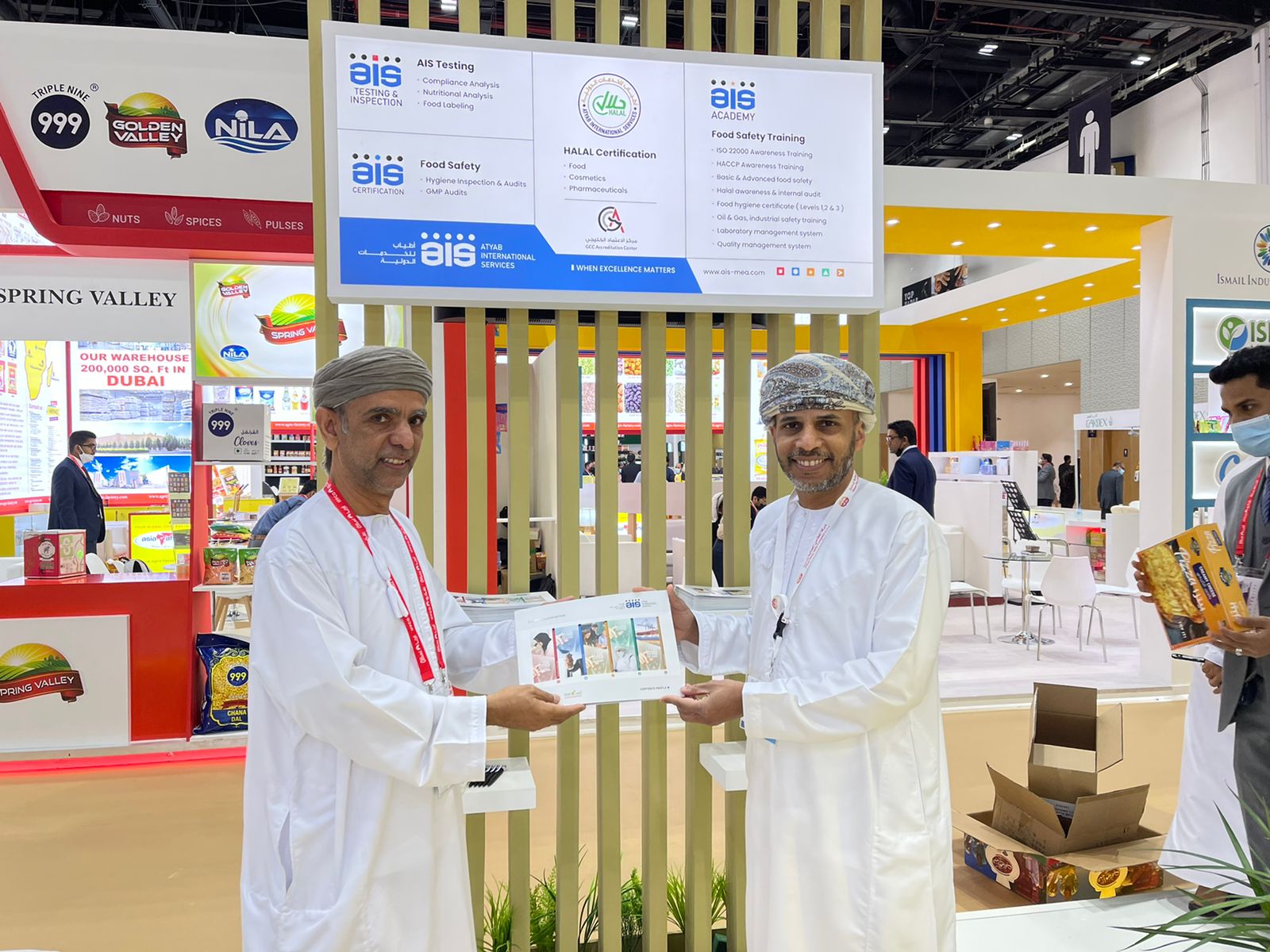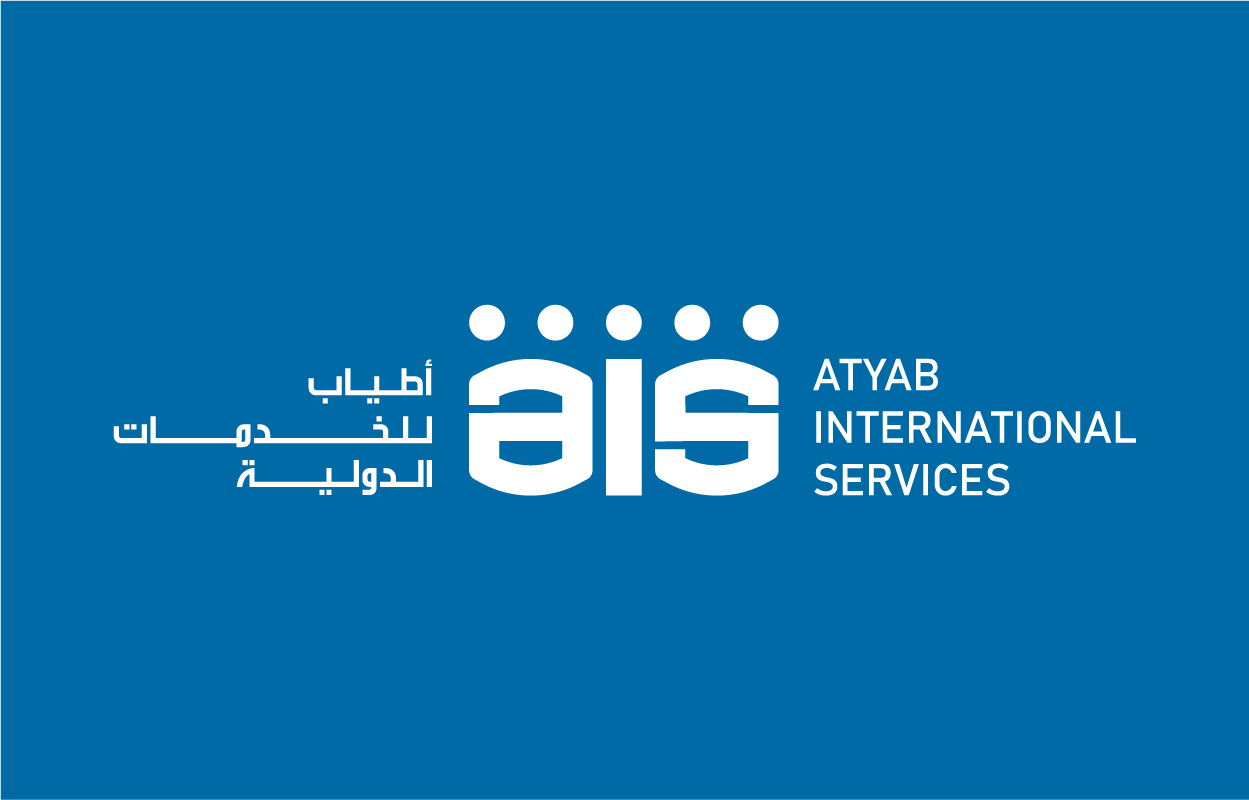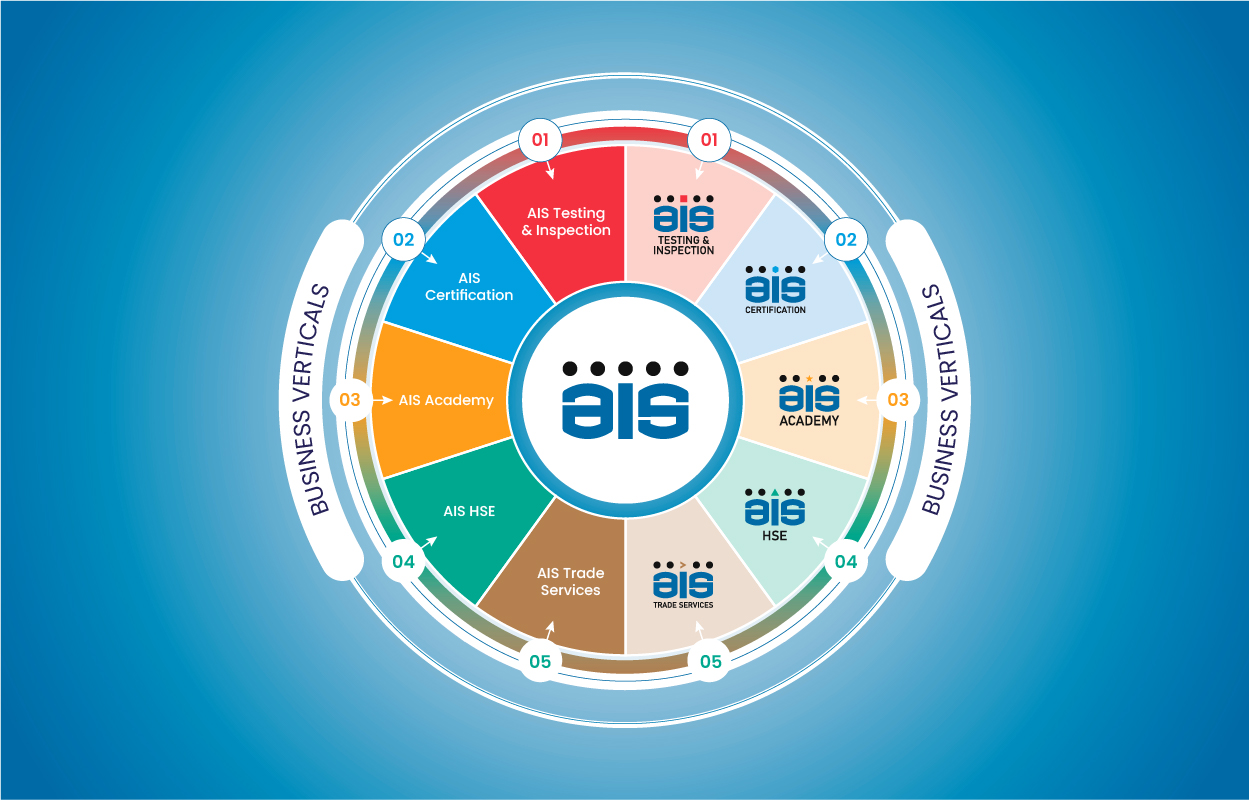
Fly Prevention – The need of the hour?
Flies. A major menace in our life, isn’t it? We come across these tiny pests every single day of our life one way or the other. In school we learn about the deadly diseases it carries and we take every precaution to ensure our children aren’t harmed by it. But, when it comes to a commercial sense of fly management, do we carefully assess the issues and what are the steps taken to prevent any risks? Read more about understanding how AIS HSE – Integrated Pest Management Systems take a strong stand against the tiny pests in our everyday lives – Flies.
Fly prevention and control involves a basic understanding of their life cycle. A fl¬y’s life cycle has 4 stages: egg, larva (maggots), pupa, and adult. This cycle can take less than 2 weeks in warm weather for some species. Adult fl¬ies lay their eggs in wet organic matter, such as animal waste and decaying material. Moisture is necessary for the survival of the eggs, larvae and pupae in order to prevent them from drying out. Bacteria and viruses that may cause disease are picked up from these sources. Adult ¬flies can carry disease organisms on their legs and mouthparts. Some flies are biting species and can transmit blood-borne pathogens in this manner.
Fly control measures
The best way to curb the spread of flies is integrated pest management. It is widely considered as a sustainable method to control pests. It involves prevention and non-chemical control methods and also diligent use of mild pesticides while constantly monitoring the environment.
Minimizing the available space for flies to lay eggs is an effective way to keep them at bay. Closing off moist surfaces and disposing wet organic matter like animal waste or decaying material is very effective.
Use of area sprays. These are fine mist insecticides that kill flies on physical contact.
Residual sprays are insecticides that can be applied to areas that lack direct sunlight. The flies, while resting come in contact with spray residue and get killed.
The use of residual and area sprays should be alternated to prevent insecticide resistance.
Employing fly baits or traps where the use of chemical sprays aren’t feasible. There are many different kinds of fly traps, choosing the right one is mostly based on the nature of use.
• Outdoor use fly traps– Like the name suggests, outdoor fly traps are used in an outdoor setting. Some kinds of outdoor fly traps are reusable and can hold a lot of dead flies in them. They contain scented chemicals that lure flies inside and holds them till they are poisoned or exhausted
• Indoor fly traps– Indoor fly traps are usually made with glue board based products or electric zappers.
• Ultraviolet (UV) bug zapping machines– These are ideal for places that have a high concentration of flies. These machines have a UV light that attracts flies, and other flying insects that gets attracted to UV light. Once the insects are inside the machine they get electrocuted and killed. These bug zapping machines are ideal for both indoor and outdoor use.
• Using sticky rods/boards – this is ideal for kitchens. These rods/ boards can be hung at selected places and are very effective as well as economical when it comes to getting rid of flies. Since there are no chemicals being used, the surroundings are also kept safe. This type of control measure helps with avoiding flies falling into food while preparation.
It goes without saying that flytraps and sprays should be used with care. It is generally unsafe for animals or humans to come in direct contact with fly traps or sprays. AIS HSE’s core division – Integrated Pest Management Systems is the authorized distributor for Brandenburg EFK products in the Oman. Brandenburg is perhaps the go – to name in fly management products and equipment.
LATEST TRENDING
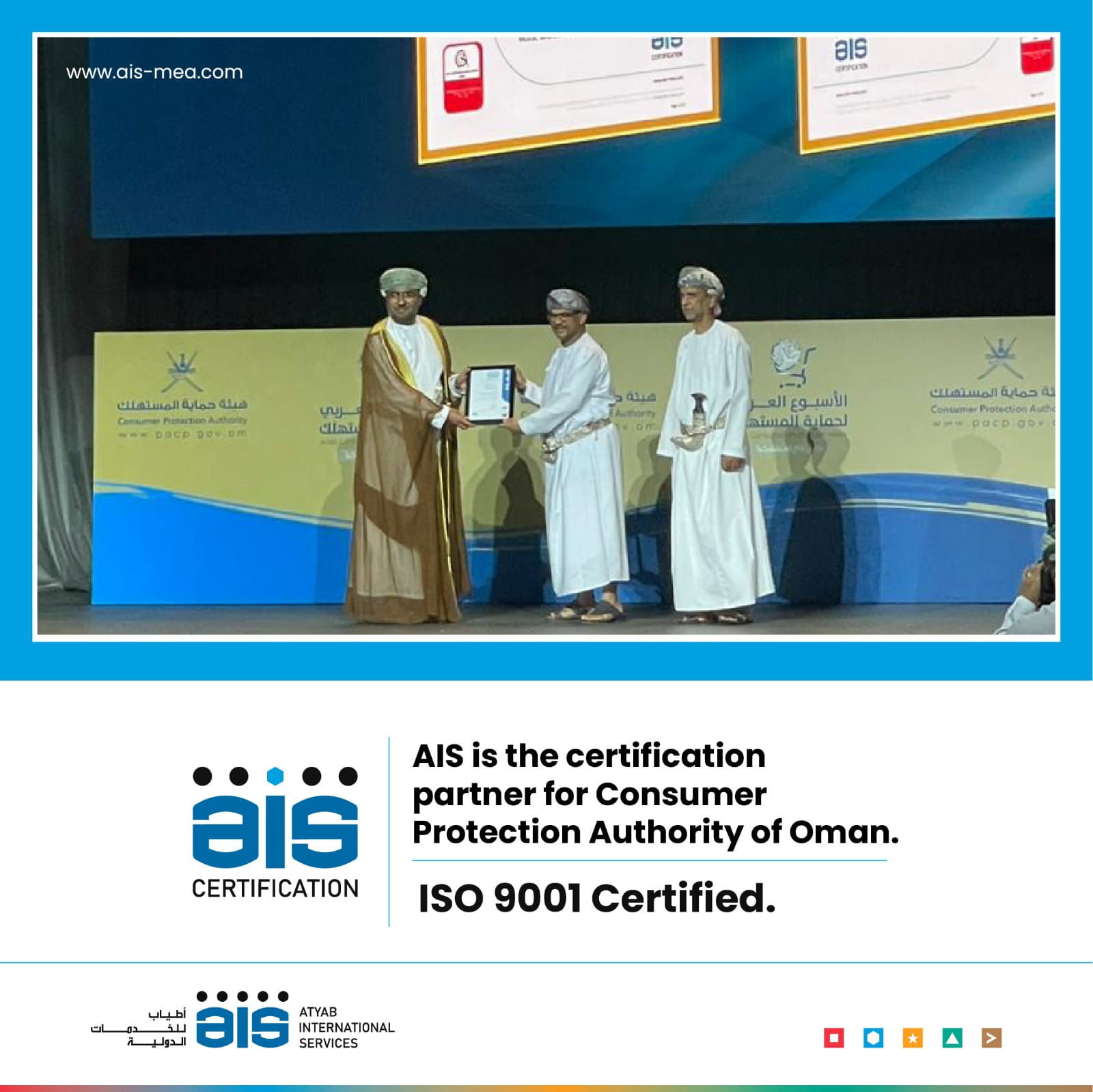
AIS is the Certification Partner to the Consumer Protection Authority Oman
Atyab International Services (AIS) is the certification partner to the Consumer Protection Authority of Oman. The certificates were handed over in a grand ceremony held in the presence of the leaders at the Consumer Protection Authority. ISO 9001:2018 certificates were handed over during the ceremony.
READ MORE